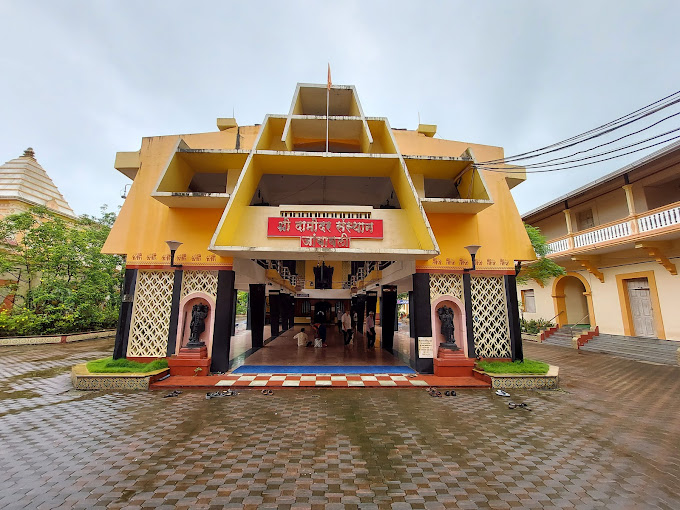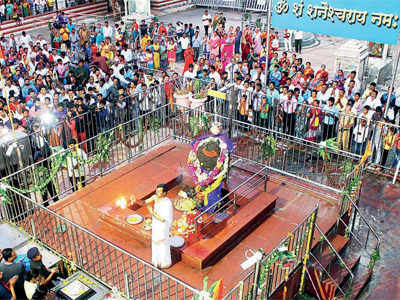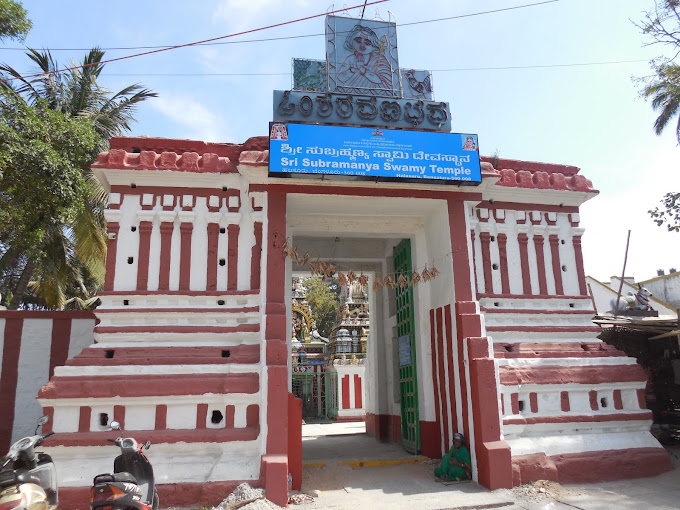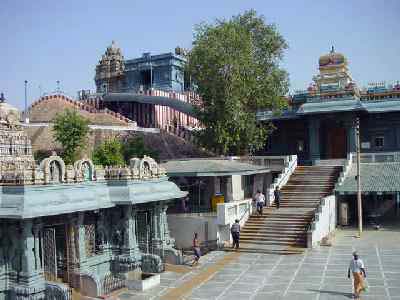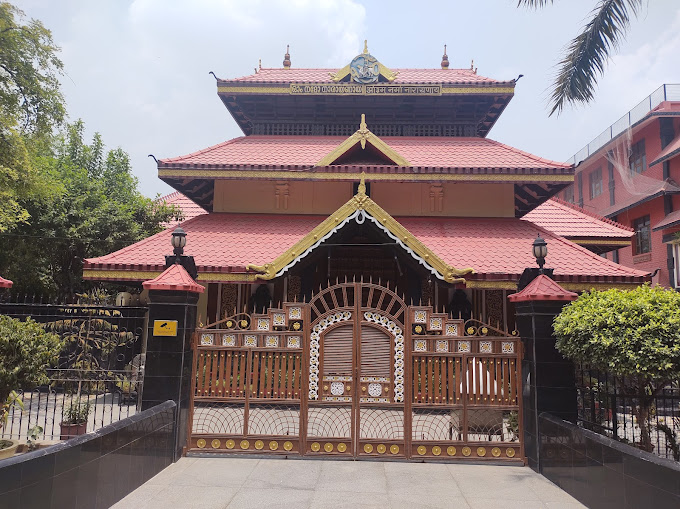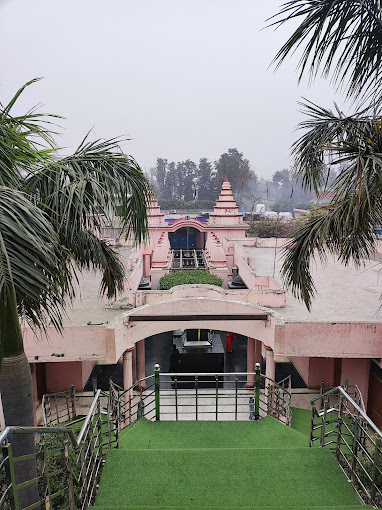Halebidu Adinatha Jain Basadi – Karnataka
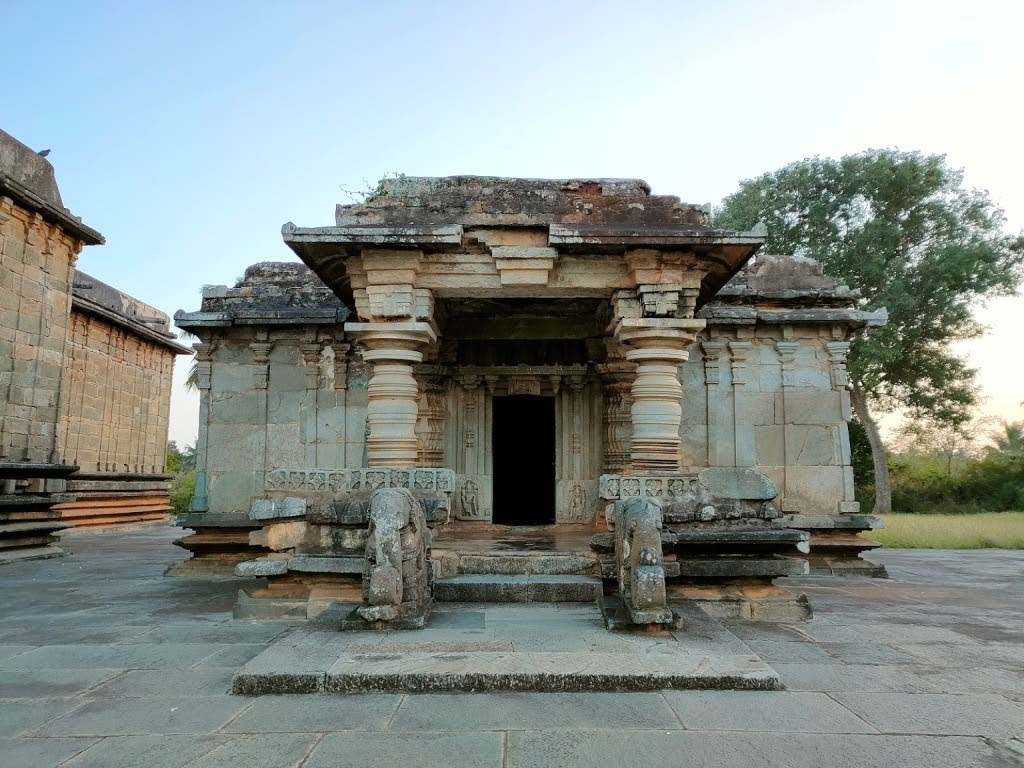
Address
Halebidu Adinatha Jain Basadi – Karnataka
Halebidu, Belur Taluk
Hassan District,
Karnataka 573121
Moolavar
Adinatha
Introduction
The Jain Group of Temples, also known as the Basadi Halli, is a complex of three Jain temples located in Halebidu Town, in the Belur Taluk of Hassan District, Karnataka, India. These temples hold historical and architectural significance and are dedicated to Jain deities. The temple complex is situated between the famous Hoysaleswara Temple and the Kedareshwara Temple.
The three temples within this complex are:
- Parshvanatha Basadi:
- Shantinatha Basadi:
- Adinatha Basadi:
The Jain Group of Temples is a testament to the rich cultural and religious heritage of the region. These temples feature intricate architectural details and beautifully crafted sculptures. The complex, along with the individual temples, is protected as a monument of national importance by the Archaeological Survey of India, recognizing its historical and architectural value.
Visitors to Halebidu can explore these temples to appreciate their cultural, artistic, and spiritual significance, as well as their role in preserving the Jain tradition in the region.
Puranic Significance
The Adinatha Basadi, though the smallest among the Jain temples in the group, holds its own historical and religious significance. Here are some key details about this temple:
- Builder and Date: The Adinatha Basadi was constructed in the 12th century CE by Devara Heggade Malli Mayya, marking it as one of the religious and architectural contributions of its time.
- Orientation: This temple faces south and occupies a location between the larger Parshvanatha Basadi and Shantinatha Basadi within the Jain Group of Temples.
- Temple Structure: The Adinatha Basadi comprises three main sections: the sanctum, maha mandapa (main hall), and a pillared mukha mandapa (entrance hall). This layout is typical of Jain temple architecture.
- Sanctum: The primary sanctum originally enshrined an image of Jain Thirthankara Adinatha, after whom the temple is named. However, the original idol has been damaged or broken over time, and for safekeeping, it has been moved to the adjacent Shantinatha Basadi.
- Maha Mandapa: Within the maha mandapa, there is a sculpture of the goddess Saraswati, a revered deity associated with knowledge, music, and the arts in Hinduism and Jainism.
- Exterior: The exterior walls of the Adinatha Basadi are plain in design, characterized by a series of elongated pilasters. These walls may not have the intricate ornamentation found in some of the larger temples in the group.
- Superstructure: The superstructure that typically adorns the sanctum of a temple is missing in the Adinatha Basadi, possibly due to the passage of time and historical events.
Despite its smaller size and simpler exterior, the Adinatha Basadi serves as a significant place of worship and cultural heritage, contributing to the collective historical narrative of the Jain Group of Temples in Halebidu. The temple is a testament to the religious and artistic legacy of the region during the Hoysala dynasty’s rule.
Century/Period
12th century CE
Managed By
Archaeological Survey of India (ASI)
Nearest Bus Station
Halebidu
Nearest Railway Station
Hassan Junction
Nearest Airport
Mangalore
